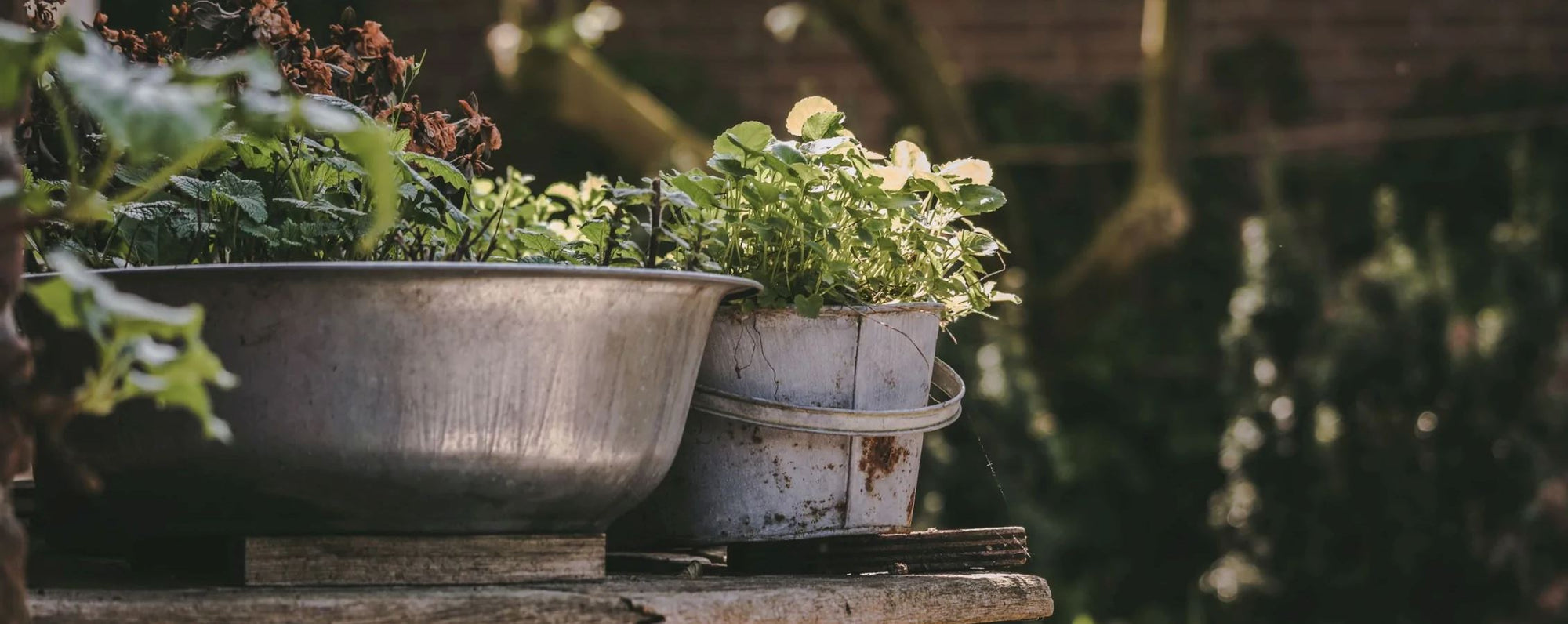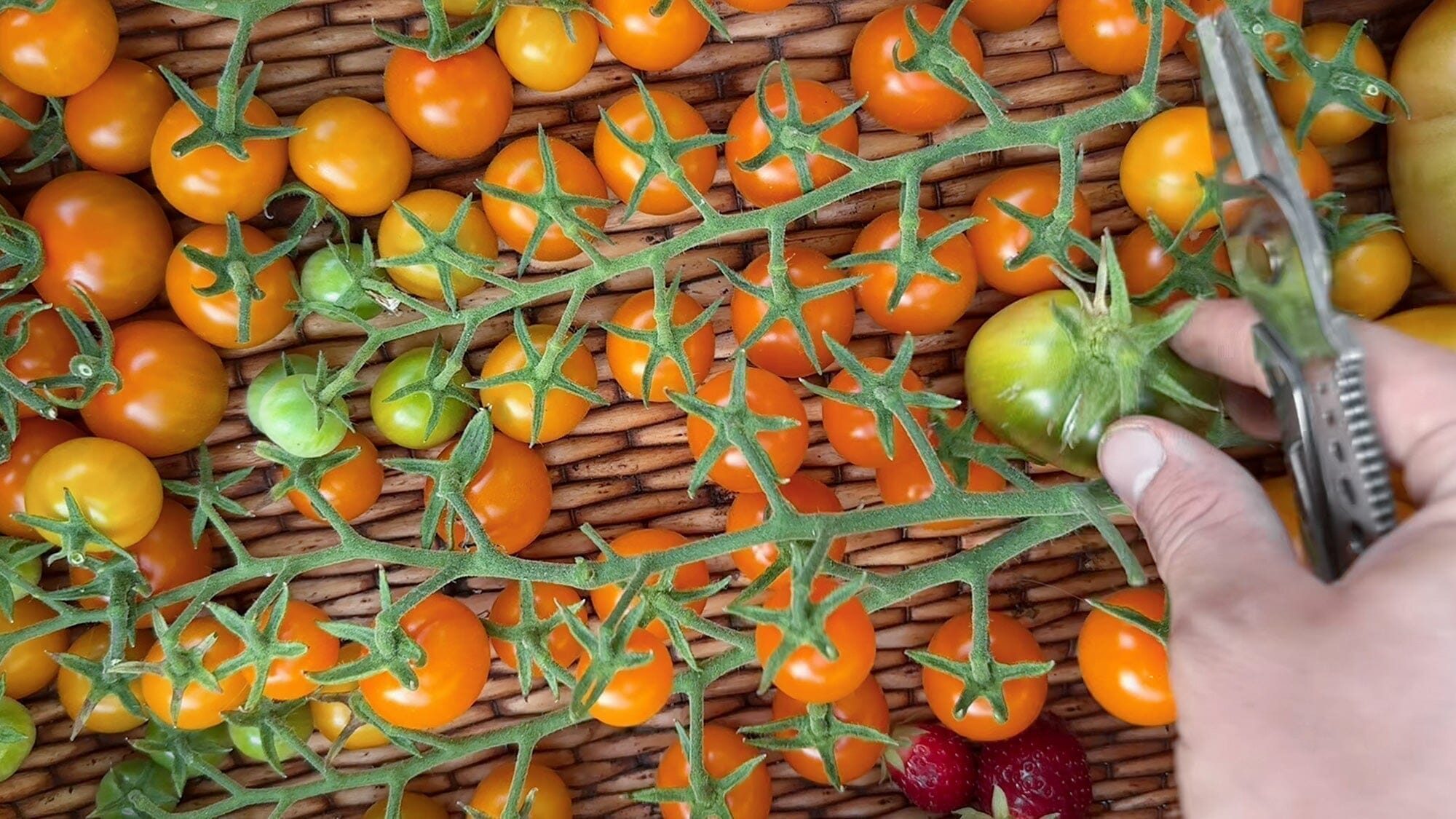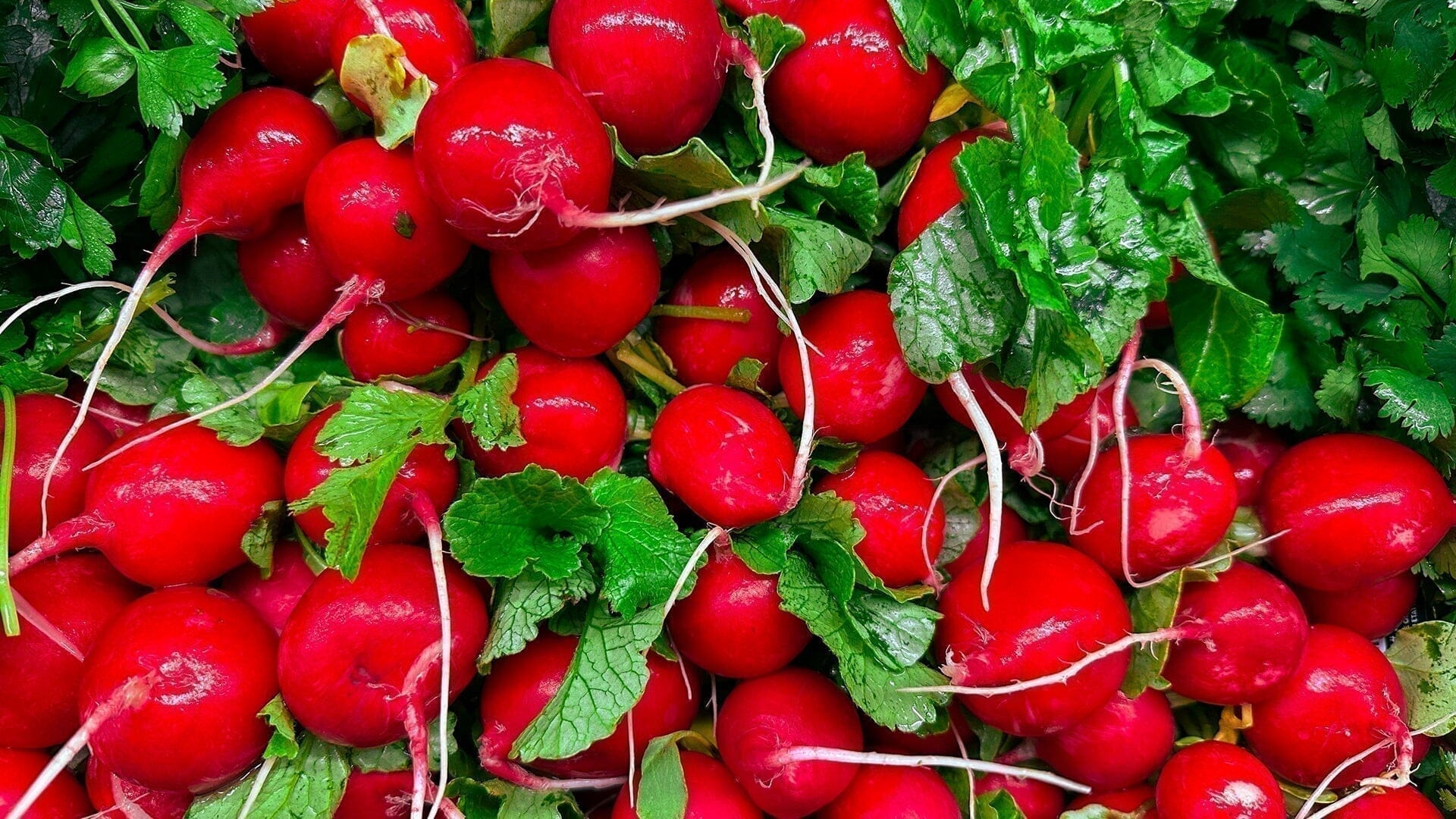Photos and Tips by Brianne Dela Cruz
Ready to try your hand at herb gardening? Our detailed guide showcases all the information you need to get started and find continued success in growing a patio herb garden.

· · ·
Choose the right location with enough sunlight and access to water.
Take a look at your patio and determine the cardinal direction it faces in order to know how much sunlight your patio garden will receive.
Full Sun Patios
Patios with full sun for 6-8 hours each day are ideal for growing woody-tissued perennial herbs such as sage, oregano, and lavender. South and West facing patios (for those in the northern hemisphere) can be prone to getting scorched by the late afternoon sun (especially if the patio is surrounded by stone walls or windows reflecting heat). It is wise to install a shade structure that helps to protect herbs during those late hours.
Partially Sunny Patios
Northeast, east, and southeast facing patios that receive morning sun and partial afternoon shade are great locations for growing most herbs because they’re likely receiving at least 6 hours of direct sunlight each day.
Shady Patios
North facing patios or shady patios that receive 4-6 hours of sunlight each day are better for growing tender and leafy annual herbs such as basil, cilantro, or parsley. It will likely be a struggle to grow robust herbs on patios that receive less than 4 hours of sunlight, so one might try to grow lettuces such as spinach, chervil, or sorrel.
Aside from sunlight, consider where your nearest water source or hose is located. Make a plan to water by hand or install a drip hose irrigation line from pot to pot. Container gardens require frequent watering, sometimes up to twice per day during the heat of summer.

· · ·
Select the right type of container for your plants.
Plant roots need enough space to fully develop. A large enough container will allow the soil to retain moisture and nutrients longer. Most potted herbs need consistently moist soil and plenty of nutrients in order to provide a nutrient-dense harvest for you to eat. Containers need to be at least 12 inches deep so that roots have enough space to grow to reach water, oxygen and nutrients. Perennial herbs do well in pots 16 inches or larger because their root system is much larger. Avoid treated wood and plastic containers because they can leach harmful chemicals into the soil overtime and are more susceptible to fostering plant disease. Clay and terra cotta is the best material for potted gardens because it's breathable yet retains moisture.
· · ·
Fill your pots with nutrient-dense soil.
After selecting your containers, it’s time to fill them with good soil. Nutrient-dense soil is the key to a healthy plant and growing a bountiful harvest. Fill your pots with a mixture of high quality compost and high quality organic potting soil that is specifically meant for growing vegetables or herbs. When shopping at a reputable garden center, look for a bag labeled “organic”, and it should indicate soil meant for growing vegetables or herbs in containers. In pots, the best ratio is ¾ organic vegetable garden soil and ¼ compost. Avoid potting soil meant for ornamental flowers or house plants because it will not retain enough nutrients for edible plants to produce a good harvest. Year after year, it’s a good idea to refresh the soil by mixing in some fresh compost. After a few years herbs will benefit from being repotted into a larger pot with fresh soil.
· · ·
Select low maintenance plants, such as culinary herbs.
Once you’re acquainted with your garden site and what plants will do well consider what herbs you love to cook with. Herbs that are commonly used include rosemary, thyme, cilantro, and parsley. Intermix annual edible flowers such as marigold, viola, or pansies into the pots that grow annual herbs. This variation will add color to your patio garden and your plate. Be careful not to overcrowd pots so the herbs growth isn’t stunted overtime. Remember: Perennial herbs need to be planted alone.
Check out our guide: 10 Herbs to Grow this Summer
· · ·
Fertilize your container herbs every 3-4 weeks.
During planting, mix a small scoop of natural fertilizer into the soil. Natural fertilizer will allow the plant access to food while it’s getting established in the pot. After planting, fertilize herbs with a natural fertilizer (either liquid or dry) about once every 3-4 weeks. Follow the application and dosage instructions on the fertilizer package. Select and organic fertilizer meant for growing edible plants. Don’t fertilize in the middle of a sunny day because it can burn the plants. Fertilize early in the morning or in the evening.

· · ·
Water your container herb garden 2-3 times a week.
Both overwatering and underwatering are great ways to kill potted plants. Overwatering is much more common, though. Remember, you can never water a plant too much at one time, only too often. Generally speaking, potted plants require water everyday when getting established, then water every 3-4 days. In the hotter months, on dry, windy days, and on cement patios that face west, more frequent watering may be needed. The goal is to keep the soil at the bottom of the pot moist, but not soggy. It’s okay if the top of soil dries out inbetween waterings after the plant is established.
· · ·
Harvest herbs regularly.
Incorporating harvested herbs into meals is the best part about growing a patio herb garden. Deadhead (cut off) the tops of herbs early in the season before they bloom to help them grow bushier and bigger. I do this right after planting in order to encourage root growth. When harvesting, be sure to cut the stems of herbs midway down the stem and between two sets of leaves in order to inspire more horizontal growth and increase foliage. Cut long-stemmed leafy herbs (such as cilantro, chives and parsley) down at the base of the plant. The flowers of herbs are edible too, but once herbs flower, the leaves lose a bit of their flavor.
ABOUT
Brianne Dela Cruz is a master gardener, wild forager, campfire foodie, and acclaimed writer and photographer. From her home in Salt Lake City, she teaches online gardening and foraging courses for modern folks and budding naturalists as well as hosts seasonal community gatherings. Brianne's blog and online school, Gather & Grow, is a community of folks exploring the intersection between nature and personal growth by discovering ways to slow down and nourish themselves with nature.







